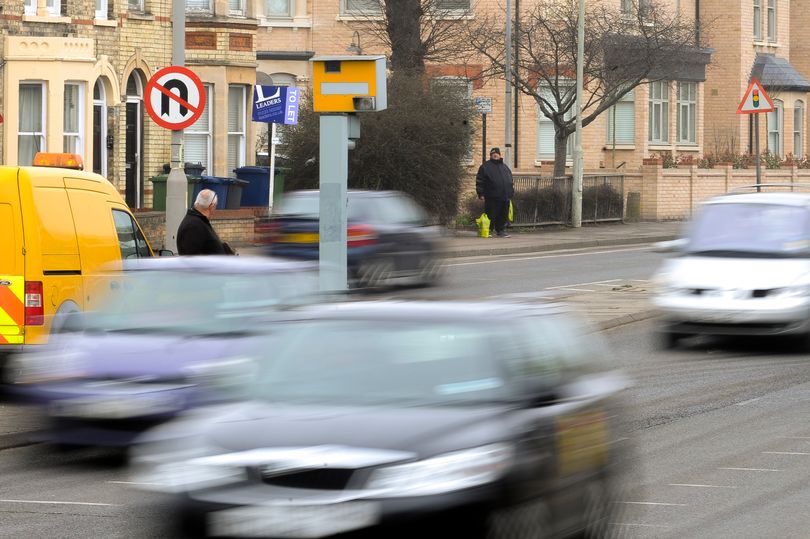The bustling town of Aylesbury is bracing itself for significant travel disruptions as a crucial thoroughfare into the town is […]
Cambridge, a city known for its historical significance and vibrant academic environment, is grappling with a pressing issue that threatens the safety of its roads. The increasing number of speeding fines issued to drivers has highlighted the urgency of addressing reckless driving on key thoroughfares. Among these incidents, one driver was shockingly caught traveling at an astonishing speed of 106mph in a 30mph zone, underscoring the gravity of the situation.
High Speeding Violations

Source: https://www.cambridge-news.co.uk/news/cambridge-news/13-cambridge-roads-most-drivers-29511777
Speeding has long been a concern for communities around the world, and Cambridge is no exception. The city's road safety authorities have identified 13 specific roads where the frequency of speeding violations is alarmingly high. These areas have become focal points for enforcement efforts and serve as a stark reminder of the importance of adhering to speed limits.
The Roads of Concern
The following roads have been flagged as the most problematic in terms of speeding offenses:
1. **Hills Road**
2. **Newmarket Road**
3. **Milton Road**
4. **Madingley Road**
5. **Histon Road**
6. **Trumpington Road**
7. **Cherry Hinton Road**
8. **King's Hedges Road**
9. **Cambridge Road**
10. **Huntingdon Road**
11. **Chesterton Road**
12. **Barnwell Road**
13. **Coldham's Lane**
Each of these roads has witnessed a significant number of speeding fines, reflecting a broader issue within the community. Authorities have implemented various measures to curb this dangerous behavior, but the persistence of violations suggests that more robust interventions may be necessary.
A Shocking Incident
Perhaps the most alarming incident in recent memory involved a driver who was clocked traveling at an outrageous 106mph in a 30mph zone. This case not only exemplifies the extreme disregard for traffic laws but also highlights the potential danger such actions pose to other road users. High-speed driving in residential and urban areas drastically increases the risk of severe accidents, putting pedestrians, cyclists, and other motorists in peril.
Enforcement and Education
In response to the growing concern, local law enforcement agencies have ramped up their efforts to monitor and penalise speeding drivers. Speed cameras, mobile radar units, and increased patrols are being deployed to deter would-be violators. However, enforcement alone may not be sufficient. Educational campaigns aimed at raising awareness about the dangers of speeding are equally crucial. Informing the public about the severe consequences of such behavior can foster a culture of responsible driving.
Community Involvement
Addressing the issue of speeding requires a collaborative approach. Community members are encouraged to report dangerous driving behavior to authorities and participate in local traffic safety initiatives. Schools, businesses, and residential associations can all play a role in promoting safer driving practices.
Conclusion
The challenge of speeding on Cambridge roads is a multifaceted problem that demands comprehensive solutions. The identification of the 13 most problematic roads serves as a call to action for both authorities and the public. Through heightened enforcement, educational endeavors, and community involvement, it is possible to create a safer driving environment in Cambridge. The shocking case of a driver reaching 106mph in a 30mph zone serves as a sobering reminder of what is at stake: the lives and well-being of everyone who uses the city's roads.